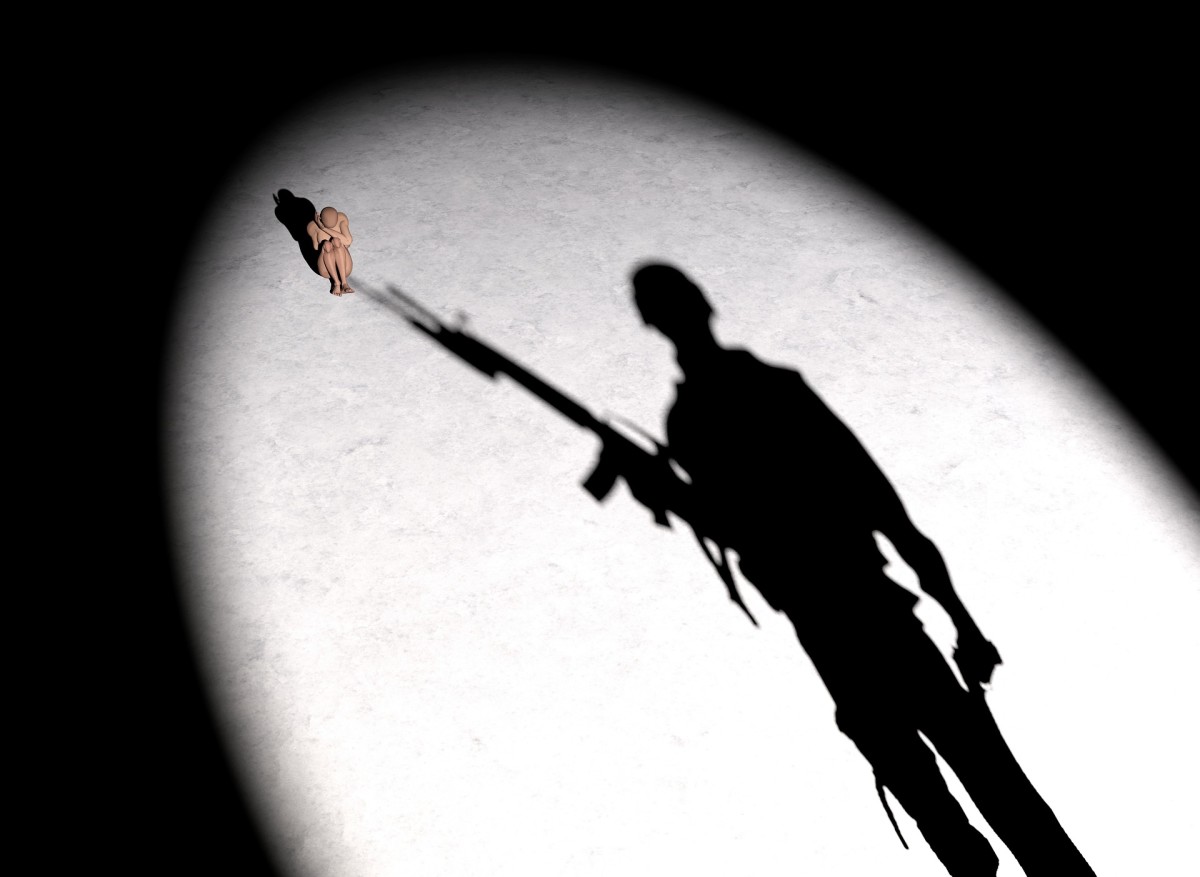

In the general population about 7% of people experience PTSD, and there is a 60% chance of at-risk individuals – combat veterans, victims of natural disasters or victims of violent crime – experiencing PTSD, experts estimate. While many people will have extremely distressing or threatening experiences in their lifetimes, only a small percentage will experience PTSD, experts say. How common is it for someone to be diagnosed with PTSD? The person often feels intensely that the trauma could happen again at any time. A sufferer typically re-experiences the trauma through flashbacks and nightmares, experiences that can seem as real as the actual trauma.

Cozza, a professor of psychiatry at the Uniformed Services University of the Health Sciences. Both Bastien and Eastridge had complained of PTSD symptoms before the murders.Nonetheless, Kyle’s tragic death and Routh’s story are shining light on those who suffer from PTSD and the circumstances that surround it.Īnyone who has experienced a life-threatening situation can develop PTSD, according to Dr. The other killer in Feeney’s platoon, Kenneth Eastridge, had a long record of substance abuse and insubordination and had been court-martialed and sent home from Iraq midtour. Feeney declined to be interviewed for Philipps’ book and was never contacted for a later Rolling Stone article, but when I asked him about it he emailed me, saying, “Much of it is true, and horrid, but they take the easy road against the big bad military by portraying some as model soldiers that never were.” Feeney, who left the Army in 2011, has a point here: One of the murderers, Bruce Bastien, had been arrested in 2007 for assaulting his wife while on leave from Iraq and was never sent back. After I returned from Iraq and began working on a book on the history of PTSD, I kept in touch with two platoon commanders from 2-12, including John Feeney, a West Point graduate who had two of the murderers in his platoon. This is roughly what happened with the Lethal Warrior killings. In 1866 a reporter for the New York Times went so far as to declare that the crime wave was the fault of the “rough material turned loose upon society by the close of the war.” Other historians, such as Drew Gilpin Faust, have pointed to the pervasive violence of the American West as being at least partially a result of the moral anarchy and rootlessness created by the Civil War. In some states the prison population increased by 400 percent. In the victorious North, fully two-thirds of all men sentenced to prison were veterans. notes that the years following the Civil War were marked by unprecedented levels of violence and criminality in the United States. In Shook Over Hell: Post-Traumatic Stress, Vietnam, and the Civil War, historian Eric T.

History is replete with examples of wars that came home.

This pattern of veterans returning profoundly altered and in some cases more violent is not a new phenomenon. A similar study published in 1984 in the Archives of General Psychiatry found a “significant association between combat exposure and subsequent arrests and convictions that persisted when preservice background factors were controlled.” Consider the following: A 2010 study funded by the Marine Corps and conducted by the Naval Health Research Center in San Diego surveyed 1,543 Marines with at least one combat tour and found that Marines who had reported PTSD symptoms were more than six times as likely to engage in antisocial and aggressive behaviors than those who did not report PTSD symptoms.


 0 kommentar(er)
0 kommentar(er)
